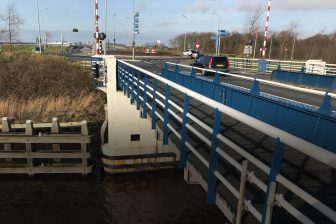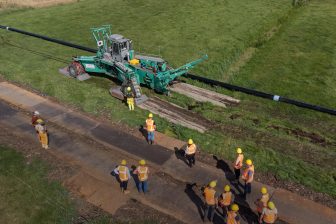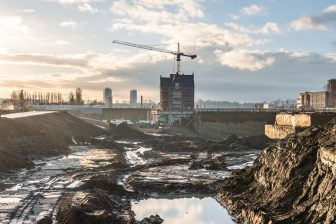ADB: 300 mln dollar to build 944-km railway in China
East-West Rail to Create Jobs and Opportunities in Remote Areas of China
Manila, Philippines – ADB is lending US$300 million to help build a 944-km railway line that will promote economic growth in the less developed interior regions of the People’s Republic of China (PRC).
The PRC Government has an aggressive plan to improve the country’s railways, which have the highest freight transport density in the world and the second highest passenger transport density after Japan. Capacity has nevertheless lagged behind demand because of system constraints.
The project railway is the first east-west railway connecting Shanxi, and Shaanxi provinces, and Ningxia Hui Autonomous Region. It will run from Taiyuan in the central part of Shanxi to Zhongwei and Yinchuan in Ningxia, a relatively poor area.
It is also the shortest east-west corridor linking Beijing, Huanghua, Qingdao, and other major cities and ports in the east to Yinchuan, Zhongwei, Lanzhou, and Urumqi in the west on its way to Kazakhstan. As the shortest east-west corridor linking the PRC to Europe, the project will help to promote regional cooperation.
“Providing economic railway transportation in the unserved, less-developed, and poor areas will help create the conditions necessary for developing local resources. It will also generate jobs and opportunities to raise living standards,” says Manmohan Parkash, an ADB Senior Transport Specialist (Railways).
The project will construct 520 km of double track electrified railway from Taiyuan to Dingbian, 232 km of electrified single track from Dingbian to Zhongwei, and 192 km of electrified single track from Dingbian to Yinchuan. It will also construct 41 new railway stations, including safety initiatives using modern technology, and provide e-governance and computerized management systems.
The project seeks to introduce strategic and private investment in the project equity. Total cost is estimated at $3.753 billion, of which the China Development Bank will finance $1.606 billion and the China Construction Bank will finance $532.2 million. The Ministry of Railways (MOR), the provincial governments of Shanxi, Shaanxi, and Ningxia, three strategic investors and one private investor will shoulder the balance of $1.314 billion.
About 6.5 million people living in 22 districts around the planned railway will benefit from the project. Half of these areas are considered poor, largely as a result of geographic isolation, limited and expensive transport access, and poor access to market information, as well as limited access to health, education, and other social services.
ADB has focused on the development of railways in poor, less-developed inland provinces in China to promote sustainable economic growth and reduce poverty. Since the PRC joined ADB in 1986, ADB has provided 13 loans totaling about $2.6 billion to finance the construction of about 5,518 km of the country’s new railway lines.
ADB’s loan comes from its ordinary capital resources. It carries a 26-year term, including a grace period of six years. Interest will be determined according to ADB’s LIBOR-based lending facility. MOR is the executing agency for the project, which is due for completion around June 2012.
U las zojuist één van de gratis premium artikelen
Onbeperkt lezen? Profiteer nu van de introductieaanbieding voor € 10,- per maand.
Bent u al abonnee?



